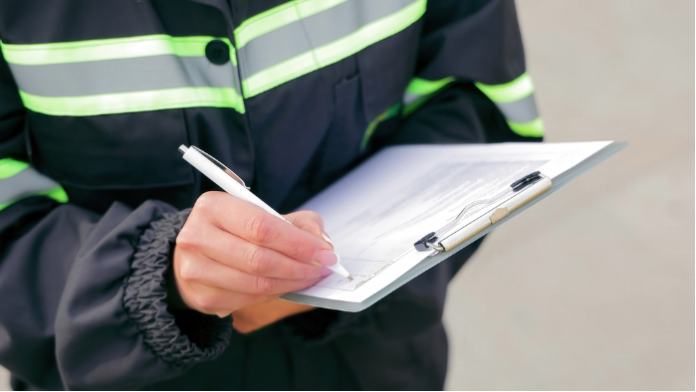Workplaces have long checklists to verify safety compliance with governmental regulations and industry standards. Nevertheless, few realize many crucial verification steps are actually missing from these generic lists circulating in most industries. Just because an operation meets basic compliance criteria does not mean real-world hazards are fully controlled and monitored adequately. Safety experts, like those from Compliance Consultants Inc., reveal the unspoken additional checklist vital for guaranteeing hazard inspections and oversight, see every danger accounted for.
Custom Tailoring to Actual Machinery Configurations
Generic safety checklists fail to include verifying that lockout tag-out procedures match equipment-specific needs in workplaces. During hazard inspections, disconnections for energy sources like electrical, hydraulic or pneumatic are reviewed to ensure proper isolation and de-energization points, but without custom tailoring, not every energy supply cut-off may be tagged for each machine. Some power disconnects or actuators may thus still activate equipment while workers are inside doing maintenance. The additional checklist scrutinizes isolation specs for each onsite system.
Incorporating Noise Protection Needs
Usual checklists remind employers to provide ear protection when noise exceeds damaging decibel levels. However, the levels warranting protection can vary by facility and differ greatly between offices, construction sites and factory production floors. Workplace consultants emphasize that, while hearing conservation is covered generally, site-specific hazardous noise measurements must shape the actual response. Without custom decibel readings by machinery, ear protection rules remain vague instead of reflecting real, measured noise.
Checking Weight Limits on Structures
Standard safety checklists tell worksites to mark weight limits on shelving, platforms, elevator lifts and cargo handling apparatus. But rarely is confirming proper weight ratings stressed for structures like floor and mezzanine levels in facilities. Consultants know structural weight limits determine what inventory levels or material loads can go where. Checking these are not overloaded prevents collapses threatening workers directly below. The safety checklist addition catches what others ignore.
Incorporating Ergonomic Risks
Standard checks assess basic lifting posture and workbench height for seated employees to reduce strains. Yet ergonomic hazards go deeper than reminding people to lift properly or providing basic lumbar cushions and wrist rests. Optimal musculoskeletal health requires fitting all frequently used machinery controls, tools and materials to workers’ body sizes and movement limitations. Combined heat and vibration factors determine suitable exposure times before risking tissue damage. Since generic guidance cannot capture individual employee vulnerabilities, the expanded safety checklist includes identifying and controlling ergonomic factors by person.
Checking Chemical Reaction Dangers
Standard workplace checklists tell chemical-handling facilities to keep substances stored properly to safety datasheets. But a myopic focus on storage alone does not account for what mixtures could form accidentally before substances are combined intentionally in processes. Combining even small amounts of incompatible chemicals causes dangerous releases of heat, fumes or unstable byproducts. Without scrutinizing what materials react negatively if mixed through leaks, spills or unintentional contact, the safety controls only cover half the problem.
Enforcing Protocols in Shared Spaces
In worksites ranging from construction zones to company cafeterias, multiple vendors and contractors intermingle, needing safety oversight. Rules focused only inward cannot address hazards created externally that put staff and assets in harm’s way indirectly. Safety meetings, maintenance protocols, training standards and operating procedures thus require equivalent enforcement on every external party sharing worksites.
Conclusion
Standard safety checklists form a decent foundation but fail to deal with hazards unique to each workplace. Only a customized checklist ensures safety protocols cover all possible incidents. Broad regulation cannot substitute for granular inspection of elemental risks all around us. Savvy managers realize the extensive effort vital to safeguarding employees depends first on seeing everything posing avoidable danger.
